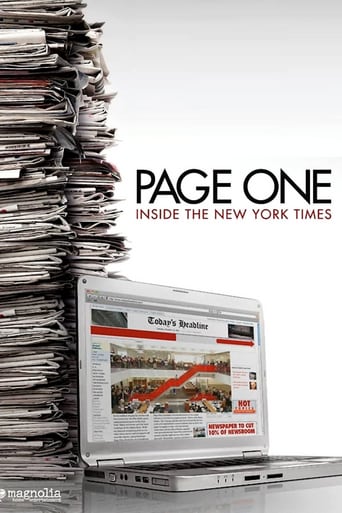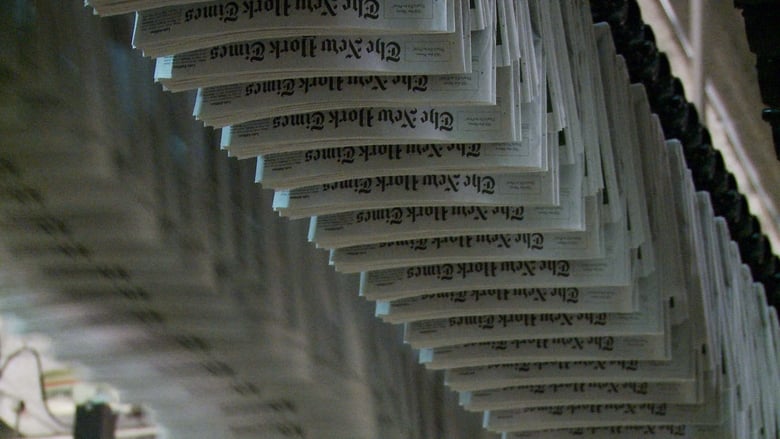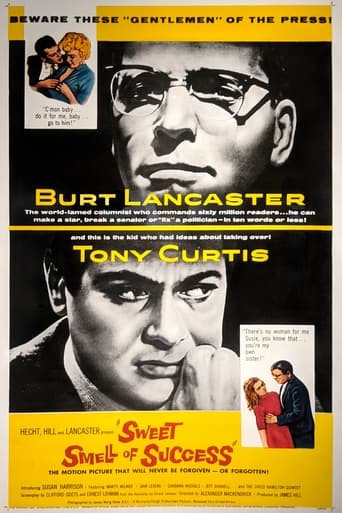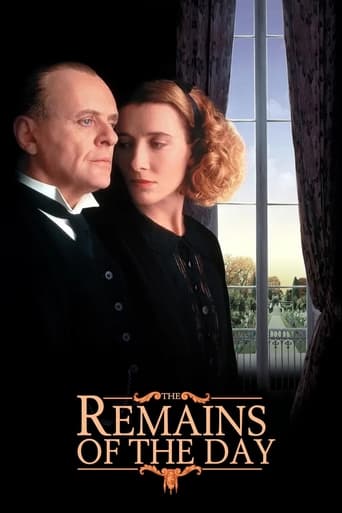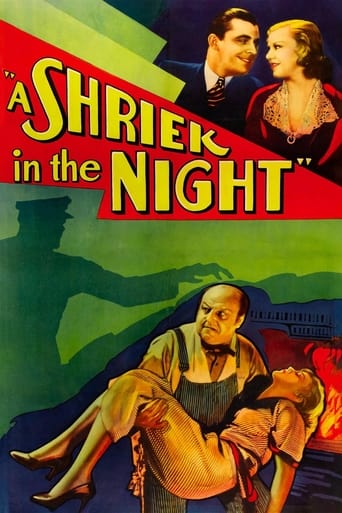Page One: Inside the New York Times (2011)
Unprecedented access to the New York Times newsroom yields a complex view of the transformation of a media landscape fraught with both peril and opportunity.
Watch Trailer
Cast
Similar titles
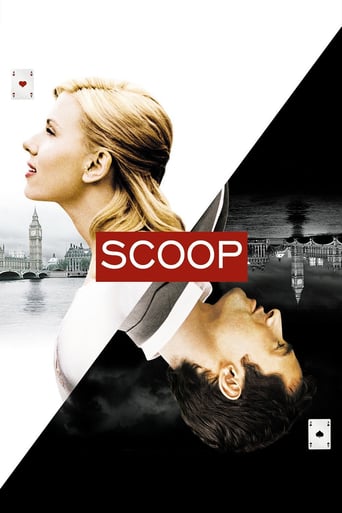
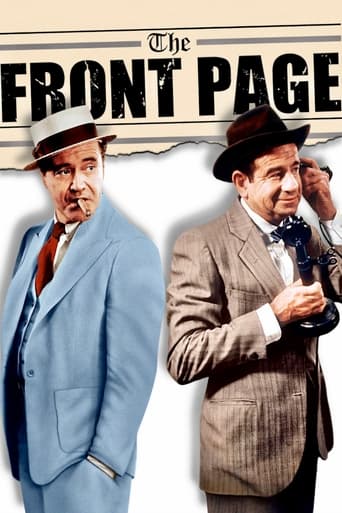

Reviews
Beautiful, moving film.
A lot more amusing than I thought it would be.
It's funny, it's tense, it features two great performances from two actors and the director expertly creates a web of odd tension where you actually don't know what is happening for the majority of the run time.
I think this is a new genre that they're all sort of working their way through it and haven't got all the kinks worked out yet but it's a genre that works for me.
Intimidating as it inspires, Page One pushes cameras into one of the highest-pressure environments around and captures a few human moments in the midst of empire-cleaving times. As he explores the prognosis for the Gray Lady, Andrew Rossi also lends light to lives led in pursuit of larger issues, and he illuminates just how frantic days are within the halls and heads of those responsible for the paper of record. Best of all, we're allowed to be entertained by journalists who otherwise appear only in text that has been scraped and stapled by an institution until its fit to print. More than the documentary's macro plunge into the fate of print media, it is these nicks and knacks of picking up Twitter and trying to break through to clarity in reporting that defines Page One as an inside scoop.
It's 2010. Newspapers are dying. The New York Times isn't above it all. Ad revenues are down 30% in 2009. The world is exploding with his forms of online media. One of the first news stories to highlight this new wave is the WikiLeaks video of the killing of Iraqi Reuters employees on YouTube. The newsroom is struggling to get a handle on being squeezed from both sides. David Carr is the gruff Media Columnist. His new nemesis is Brian Stelter hired to put give the Times more online presence. This is a fascinating look at a dying industry trying to reinvent itself. It doesn't escape past scandals as it also does some navel gazing with Judy Miller and Jayson Blair. Then WikiLeaks comes with the mother of all leaks. When newsprint finally dies, this will be a fascinating archive into a specific time in media. I found it very watchable. The characters are compelling especially the grumpy David Carr. It's interesting to see him struggle despite the inevitable.
In his review of the documentary Page One: Inside the New York Times (Paper thin insights, Weekend Australian Review Sept 24-25) Lynden Barber ascribes "pomposity" to the Time's "olde-timey font and (page) layout." I disagree- in its bid to be more appealing and easier to read, the layout and font chosen are tastefully attention-drawing and pleasing to look at. Indeed I consider the highly characteristic New York Times nameplate a historical objet d'art. Such strongly-felt reactions to the visual elements of typography used by the New York Times suggests that the typeface form of letters selected for headlines and article text as well as page layout are designed to evoke visceral responses in profoundly subliminal ways. The impact of fonts and page layouts is not just an esoteric aside. The style used for letters, characters and text are designed to create a readable, coherent and visually satisfying whole that works without the reader being aware.Where spoken language relies on tone of voice or gesture to convey emotion, the visual form of the written word possesses mysterious connotative properties. Ultimately, a world without charismatically constructed letters, numerals and symbols leads to unengaging newspapers, whether online or in print. Joseph Y Ting
As a long time reader of the New York Times, I was delighted to see that Page One was showing at Austin's SXSW Film Festival. Page One is a provocative film that explores the complexities of the new media landscape in which the New York Times now finds itself trying to compete and keep its head above water. It is one of the few films that I've seen that really provides the viewer with an inside look at how a major newspaper operates. While the film tends to be pro-New York Times by the very nature of the fact that it was made with their cooperation, it still comes off as fair portrait of America's paper of record. The film focuses in on the media division and how the Times is coping with new challenges from Wikileaks, online news sources, web logs, news aggregating websites, twitter, etc. The film clearly shows why we still need the "so-called" old media to provide the investigative journalism that is hard to find elsewhere. Newspapers – and especially the elite newspapers – remain a crucial element in our political culture in that they provide a check against abuse of power by both government and corporations. The internet new media still relies on old media for its reporting and is not equipped to replace it. Clearly new models for cooperation between new and old are needed that will allow mainstream media to continue to profitable. The NY Times is proud, magisterial, occasionally arrogant, and absolutely necessary. Like any old institution, it will survive if it continues to change and evolve for new times and technologies.Page One is part of an on-going conversation that the United States is having about how media will evolve in the age of the Internet. It is useful film for engaging the broader public in the conversation.
